Oven Cleaner Uses Beyond Baking: Who knew that the powerful cleaning agent sitting under your kitchen sink could be a secret weapon for tackling grime all over your house? I’m always on the lookout for clever DIY solutions, and I was absolutely floored when I discovered the surprising versatility of oven cleaner. For generations, this product has been solely associated with the dreaded task of scrubbing burnt food from our ovens. But its potent formula, designed to dissolve stubborn grease and baked-on messes, makes it surprisingly effective in a variety of other cleaning scenarios.
Think about it: we all struggle with those tough, grimy spots around the house that seem impossible to clean. From stubborn stains on your grill grates to soap scum buildup in your shower, these cleaning challenges can be incredibly frustrating. That’s where oven cleaner comes in! I’m going to share some amazing oven cleaner uses beyond baking that will save you time, money, and a whole lot of elbow grease. Get ready to unlock the hidden potential of this everyday product and transform the way you clean your home. You’ll be amazed at how many unexpected problems this simple solution can solve!
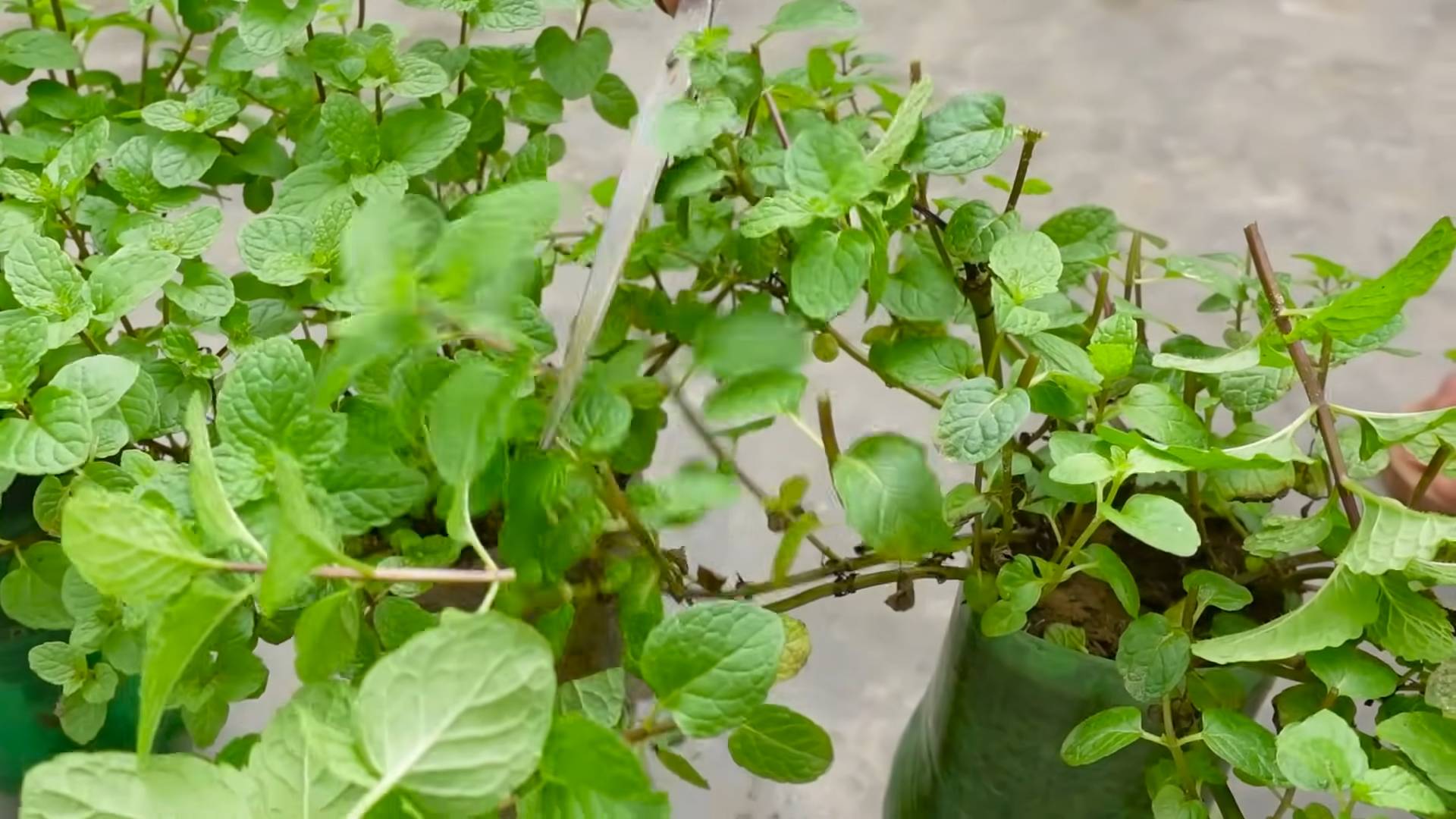
Unlocking the Unexpected Power of Oven Cleaner: Beyond the Kitchen
Okay, let’s be honest. Oven cleaner? We usually associate it with that dreaded chore of scrubbing burnt-on food from our ovens. But what if I told you this potent cleaner has a secret life, a whole range of uses that extend far beyond the kitchen? I’ve experimented with oven cleaner for years, and I’m excited to share some of my favorite unexpected applications. Just remember, safety first! Always wear gloves and eye protection, and work in a well-ventilated area. Oven cleaner is powerful stuff, so treat it with respect.
Cleaning Stubborn Stains on Your Grill
Grills, especially after a summer of heavy use, can become encrusted with grease and burnt food. Traditional scrubbing can be exhausting, but oven cleaner makes the job a breeze.
Materials You’ll Need:
* Oven cleaner (I prefer the fume-free kind)
* Heavy-duty gloves
* Eye protection
* Trash bags or newspaper
* Scrub brush (a grill brush works best)
* Water hose or bucket of water
* Paper towels
Step-by-Step Instructions:
1. Prep the Grill: First, make sure your grill is completely cool. Remove the grates and any other removable parts. Line the area where you’ll be working with trash bags or newspaper to protect the surface.
2. Apply the Oven Cleaner: Wearing your gloves and eye protection, generously spray the oven cleaner onto the grill grates and the inside of the grill. Make sure to coat all the greasy and burnt areas.
3. Let it Sit: This is the magic part. Let the oven cleaner work its magic for at least 30 minutes, or even longer for really stubborn grime. I often leave it overnight, especially if I’ve been neglecting my grill.
4. Scrub Away the Grime: After the soaking time, grab your scrub brush and start scrubbing. You’ll be amazed at how easily the grease and burnt food come off. For really tough spots, you might need to apply a little elbow grease, but it’s still much easier than scrubbing without oven cleaner.
5. Rinse Thoroughly: Once you’ve scrubbed away all the grime, rinse the grates and the inside of the grill thoroughly with a water hose or bucket of water. Make sure to remove all traces of the oven cleaner.
6. Dry and Reassemble: Let the grates and the inside of the grill dry completely before reassembling. Now your grill is ready for your next barbecue!
Reviving Tarnished Chrome
Chrome fixtures and accessories can lose their shine over time, becoming dull and tarnished. Oven cleaner can restore their luster with minimal effort.
Materials You’ll Need:
* Oven cleaner (again, fume-free is a good choice)
* Heavy-duty gloves
* Eye protection
* Soft cloth or sponge
* Water
* Clean, dry cloth
Step-by-Step Instructions:
1. Prepare the Chrome Surface: Make sure the chrome surface is clean and dry. Remove any loose dirt or debris with a damp cloth.
2. Apply the Oven Cleaner: Wearing your gloves and eye protection, spray a small amount of oven cleaner onto a soft cloth or sponge.
3. Gently Rub the Chrome: Gently rub the oven cleaner onto the tarnished chrome surface. Avoid applying too much pressure, as this could scratch the chrome.
4. Let it Sit Briefly: Allow the oven cleaner to sit on the chrome for just a few minutes (no more than 5). This gives it time to break down the tarnish.
5. Rinse Thoroughly: Rinse the chrome surface thoroughly with water to remove all traces of the oven cleaner.
6. Dry and Polish: Dry the chrome surface with a clean, dry cloth. You can also polish it with a chrome polish for an extra shine.
Important Note: Always test the oven cleaner on a small, inconspicuous area of the chrome first to make sure it doesn’t damage the finish.
Cleaning Your Car’s Wheels
Brake dust and road grime can make your car’s wheels look dull and dirty. Oven cleaner can effectively remove these stubborn deposits, restoring your wheels to their former glory.
Materials You’ll Need:
* Oven cleaner (wheel-specific cleaners are available, but oven cleaner works well too)
* Heavy-duty gloves
* Eye protection
* Wheel brush or scrub brush
* Water hose
* Clean, dry cloth
Step-by-Step Instructions:
1. Cool Down the Wheels: Make sure your car’s wheels are cool to the touch before you start cleaning. Avoid cleaning them immediately after driving.
2. Rinse the Wheels: Rinse the wheels with water to remove any loose dirt or debris.
3. Apply the Oven Cleaner: Wearing your gloves and eye protection, spray the oven cleaner onto the wheels, focusing on the areas with brake dust and grime.
4. Let it Sit Briefly: Allow the oven cleaner to sit on the wheels for a few minutes (no more than 5-10 minutes).
5. Scrub the Wheels: Use a wheel brush or scrub brush to scrub the wheels, paying attention to the lug nuts and other hard-to-reach areas.
6. Rinse Thoroughly: Rinse the wheels thoroughly with a water hose to remove all traces of the oven cleaner.
7. Dry the Wheels: Dry the wheels with a clean, dry cloth. You can also apply a wheel protectant to help keep them clean and shiny.
Important Note: Test the oven cleaner on a small, inconspicuous area of the wheel first to make sure it doesn’t damage the finish. Avoid using oven cleaner on painted wheels, as it could damage the paint.
Removing Soap Scum from Shower Doors
Soap scum is a common problem in bathrooms, and it can be difficult to remove with traditional cleaners. Oven cleaner can dissolve soap scum quickly and easily.
Materials You’ll Need:
* Oven cleaner (fume-free is recommended)
* Heavy-duty gloves
* Eye protection
* Spray bottle (optional, for easier application)
* Sponge or cloth
* Water
* Squeegee
Step-by-Step Instructions:
1. Ventilate the Bathroom: Open a window or turn on the exhaust fan to ventilate the bathroom.
2. Apply the Oven Cleaner: Wearing your gloves and eye protection, spray the oven cleaner onto the shower doors, focusing on the areas with soap scum. If you’re using a spray bottle, you can dilute the oven cleaner with water (1:1 ratio) for a milder solution.
3. Let it Sit Briefly: Allow the oven cleaner to sit on the shower doors for a few minutes (no more than 5-10 minutes).
4. Wipe Away the Soap Scum: Use a sponge or cloth to wipe away the soap scum. You’ll be amazed at how easily it comes off.
5. Rinse Thoroughly: Rinse the shower doors thoroughly with water to remove all traces of the oven cleaner.
6. Squeegee the Doors: Use a squeegee to remove any excess water from the shower doors. This will help prevent water spots.
Important Note: Avoid using oven cleaner on natural stone surfaces, such as marble or granite, as it could damage the stone.
Cleaning Burnt Food from Pots and Pans
We’ve all been there – accidentally burning food in a pot or pan. Instead of spending hours scrubbing, try using oven cleaner.
Materials You’ll Need:
* Oven cleaner (fume-free is preferred)
* Heavy-duty gloves
* Eye protection
* Trash bag (large enough to fit the pot or pan)
* Water
* Sponge or scrub brush
Step-by-Step Instructions:
1. Place the Pot or Pan in a Trash Bag: Place the burnt pot or pan inside a large trash bag. This will help contain the fumes and prevent the oven cleaner from getting on other surfaces.
2. Spray the Oven Cleaner: Wearing your gloves and eye protection, spray the oven cleaner generously inside the pot or pan, covering all the burnt food.
3. Seal the Trash Bag: Seal the trash bag tightly to trap the fumes.
4. Let it Sit Overnight: Allow the oven cleaner to sit overnight. This will give it plenty of time to break down the burnt food.
5. Remove from the Trash Bag: The next day, carefully remove the pot or pan from the trash bag.
6. Rinse and Scrub: Rinse the pot or pan thoroughly with water. Use a sponge or scrub brush to remove any remaining burnt food. It should come off easily.
7. Wash as Usual: Wash the pot or pan as usual with soap
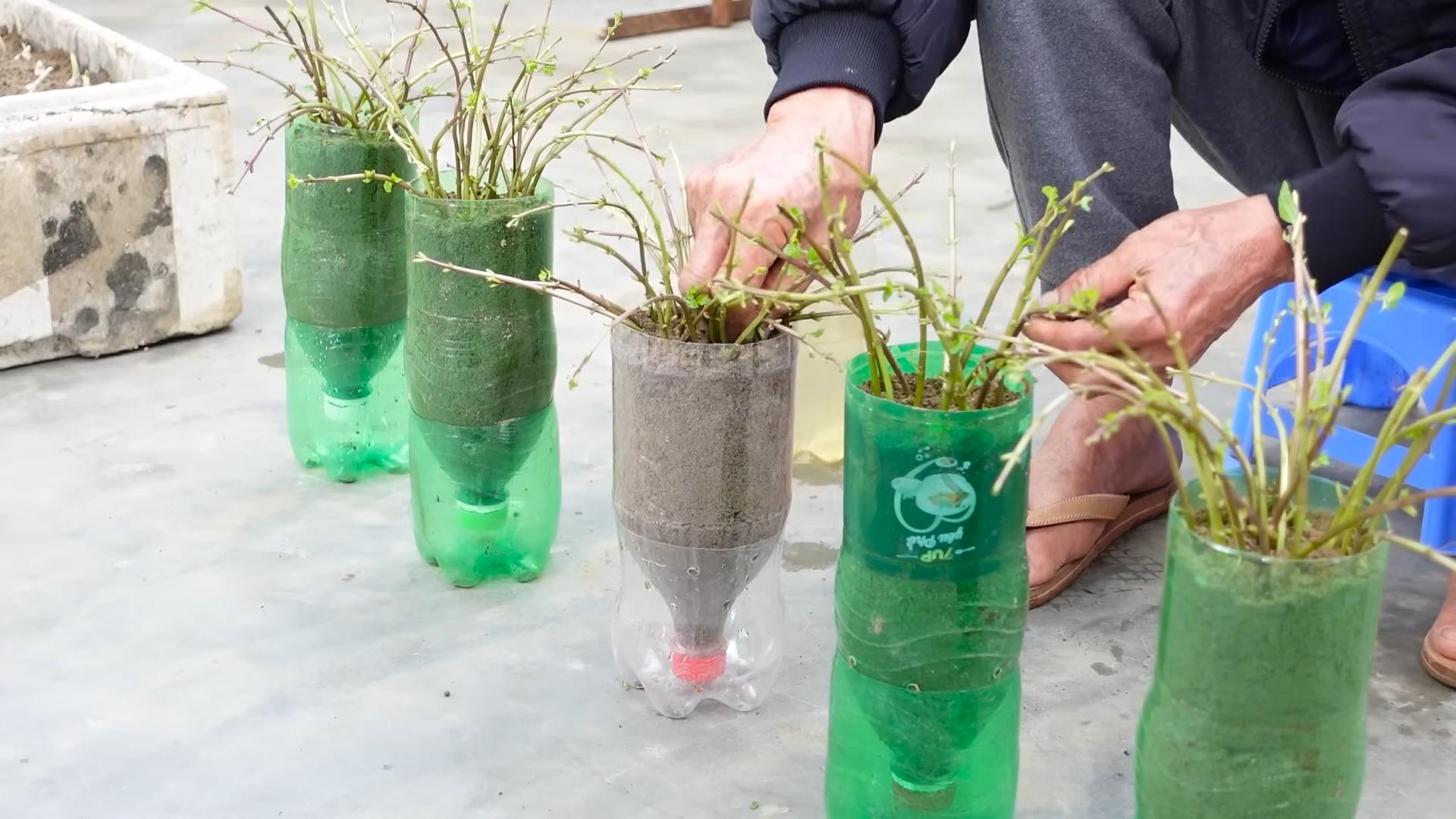
Conclusion
So, there you have it! We’ve explored the surprising versatility of oven cleaner, venturing far beyond its intended purpose of degreasing your oven. From reviving grimy grout to banishing stubborn stains on your car’s tires, the possibilities are truly remarkable. This isn’t just about saving money; it’s about discovering a powerful, multi-purpose cleaning agent hiding in plain sight.
The key takeaway here is that oven cleaner, when used with caution and proper precautions, can be a game-changer in your cleaning arsenal. It’s a potent solution for tackling those tough, baked-on messes that other cleaners simply can’t handle. Think of it as your secret weapon against grime, ready to restore shine and freshness to various surfaces around your home and even your vehicle.
But remember, safety is paramount. Always wear gloves and eye protection, ensure adequate ventilation, and test the cleaner on an inconspicuous area first. Dilution is often your friend, especially when dealing with delicate surfaces. And never, ever mix oven cleaner with other cleaning products, particularly those containing ammonia or bleach, as this can create dangerous fumes.
Now, let’s talk variations. While we’ve focused on the core uses, don’t be afraid to experiment (carefully!) with other applications. For instance, some people have found success using oven cleaner to remove rust from metal tools or to clean heavily soiled garden furniture. Just remember to proceed with caution and always prioritize safety.
Consider these variations to tailor the cleaning power to your specific needs:
* For lighter cleaning tasks: Dilute the oven cleaner with water in a spray bottle. This is ideal for cleaning grout or removing light stains.
* For stubborn stains: Apply the oven cleaner directly to the stain and let it sit for a longer period of time (but never exceeding the manufacturer’s recommended time).
* For vertical surfaces: Use a gel-based oven cleaner to prevent it from running down the surface.
Ultimately, the best way to discover the full potential of this DIY cleaning trick is to try it yourself. Start with a small, manageable project and follow our guidelines carefully. We’re confident that you’ll be amazed by the results.
We encourage you to embrace this unconventional cleaning solution and share your experiences with us! Let us know what surfaces you’ve successfully cleaned with oven cleaner, what variations you’ve tried, and any tips or tricks you’ve discovered along the way. Your feedback will help us refine our recommendations and empower others to unlock the hidden cleaning power of this everyday product. So, go ahead, give it a try, and let’s revolutionize the way we clean, one grimy surface at a time! Discover the power of oven cleaner beyond the oven and transform your cleaning routine.
Frequently Asked Questions (FAQ)
Is it safe to use oven cleaner on all surfaces?
No, absolutely not. Oven cleaner is a powerful chemical and should only be used on surfaces that can withstand its harshness. Avoid using it on delicate materials like painted surfaces, aluminum, plastic, or anything that could be easily damaged or discolored. Always test in an inconspicuous area first. If you are unsure, it is best to err on the side of caution and use a different cleaning product. Always consult the manufacturer’s instructions for both the oven cleaner and the surface you intend to clean.
What safety precautions should I take when using oven cleaner?
Safety is paramount when working with oven cleaner. Always wear gloves and eye protection to prevent skin and eye irritation. Ensure adequate ventilation by opening windows and doors or using a fan. Avoid breathing in the fumes. Never mix oven cleaner with other cleaning products, especially those containing ammonia or bleach, as this can create dangerous and potentially deadly gases. Keep oven cleaner out of reach of children and pets. If you experience any irritation or discomfort, discontinue use immediately and seek medical attention if necessary.
Can I use oven cleaner to clean my bathtub or shower?
While some people have successfully used oven cleaner to clean bathtubs and showers, it’s generally not recommended due to the potential for damage to the surface. Many bathtubs and showers are made of materials like acrylic or fiberglass, which can be etched or discolored by the harsh chemicals in oven cleaner. If you choose to try it, proceed with extreme caution. Dilute the oven cleaner significantly with water, test it on a small, inconspicuous area first, and rinse thoroughly with water immediately after cleaning. A better alternative is to use a cleaning product specifically designed for bathtubs and showers.
How long should I leave oven cleaner on a surface?
The amount of time you leave oven cleaner on a surface depends on the severity of the grime and the type of surface you’re cleaning. However, it’s crucial to follow the manufacturer’s instructions on the oven cleaner label. Generally, you should not leave oven cleaner on a surface for longer than 30 minutes. For lighter cleaning tasks, a shorter dwell time may be sufficient. Always rinse the surface thoroughly with water after cleaning to remove any residue. Leaving oven cleaner on a surface for too long can cause damage or discoloration.
What should I do if I accidentally get oven cleaner on my skin or in my eyes?
If oven cleaner comes into contact with your skin, rinse the affected area immediately with plenty of water for at least 15 minutes. Remove any contaminated clothing. If irritation persists, seek medical attention. If oven cleaner gets into your eyes, flush them immediately with plenty of water for at least 20 minutes, holding your eyelids open. Seek immediate medical attention. Do not rub your eyes, as this can worsen the irritation.
Can I use oven cleaner to remove rust?
Yes, oven cleaner can be effective at removing rust from metal surfaces. The alkaline chemicals in oven cleaner help to break down the rust, making it easier to remove. However, it’s important to note that oven cleaner may also damage the underlying metal if left on for too long. To remove rust with oven cleaner, apply a thin layer to the rusted area and let it sit for 15-30 minutes. Then, scrub the area with a brush or steel wool and rinse thoroughly with water. You may need to repeat the process for stubborn rust. Always test in an inconspicuous area first.
Is there a difference between using fume-free and regular oven cleaner for these alternative uses?
Fume-free oven cleaners are generally considered safer to use because they contain fewer harsh chemicals and produce less irritating fumes. While they may not be as powerful as regular oven cleaners, they can still be effective for many of the alternative uses mentioned in this article. If you’re sensitive to chemicals or have respiratory issues, fume-free oven cleaner is a better option. However, it’s still important to follow all safety precautions, such as wearing gloves and eye protection, and ensuring adequate ventilation.
How do I dispose of oven cleaner properly?
Oven cleaner is considered a hazardous waste and should be disposed of properly. Do not pour it down the drain or into the toilet. Check with your local waste management agency for information on how to dispose of hazardous waste in your area. Many communities have designated drop-off locations for hazardous waste. You can also contact the manufacturer of the oven cleaner for disposal instructions.

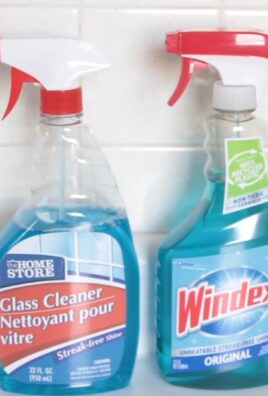
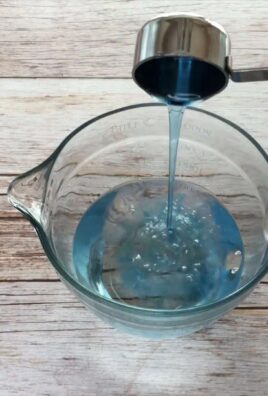
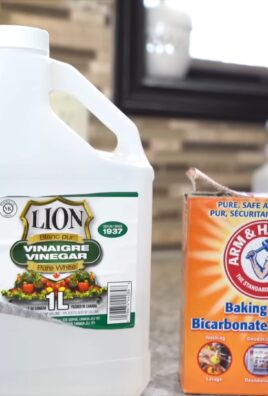
Leave a Comment